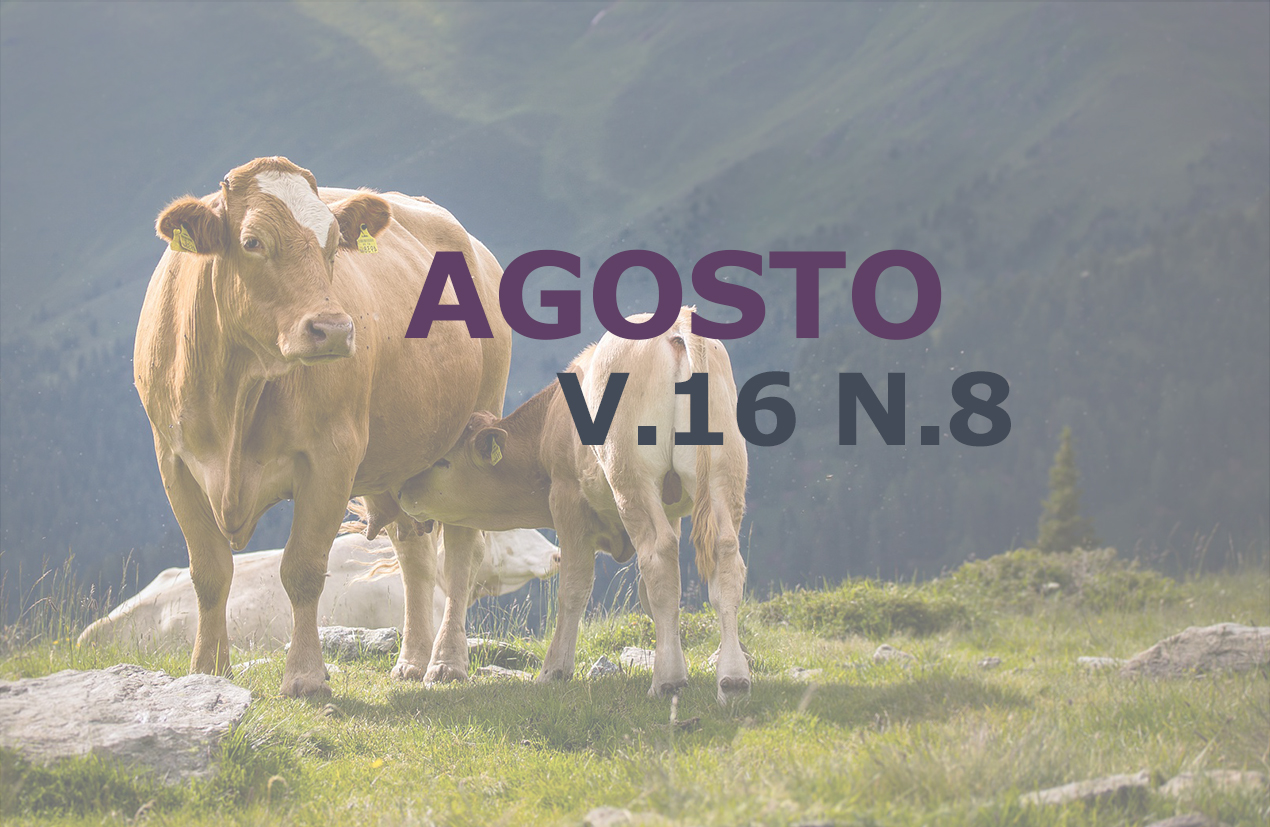Total intravenous anesthesia in Chelonoidis carbonaria (Red-footed tortoise) submitted to plastrotomy for enterotomy: Case report
DOI:
https://doi.org/10.31533/pubvet.v16n08a1191.1-8%20Keywords:
Anesthesia, foreign bodies, epidural, cheloniansAbstract
Chelonians are gradually more present in the routine of non-conventional animals in veterinary clinics, centers and hospitals, demanding vast knowledge of capable professionals to provide specialized care. In this way, the anesthesia of reptiles becomes even more challenging, since their anatomical and physiological characteristics are different when compared to other animal groups. The present study aimed to report the anesthetic techniques and procedures used in a specimen of a 10-year-old Red-footed tortoise (Chelonoidis carbonaria), weighing 1.54 kg. The chelonian was submitted to plastrotomy and enterotomy to remove foreign bodies. In his anamnesis, it was found that the animal had penile prolapse, constipation and severe tenesmus for four days. The radiographic evaluation revealed five radiopaque, amorphous and irregular structures in the colic region, which ranged from 2.04 cm to 0.50 cm, and after an unsuccessful attempt at conservative treatment, surgical treatment was chosen. As pre-anesthetic medication, dexmedetomidine (30 ug/kg), methadone (1 mg/kg), dextroketamine (10 mg/kg) and midazolam (1 mg/kg) were used. Subsequently, induction was performed with propofol (2.5 mg/kg) in the subcarapacial venous sinus, followed by venous access in the jugular vein with a 24G catheter and administration of an intravenous bolus of propofol (5 mg/kg). After muscle relaxation, the animal was intubated using a number 2.0 endotracheal tube (uncuffed) and continuous infusion of propofol at a rate of 100 ug/kg/min for anesthetic maintenance. Intraoperative analgesia was performed by coccygeal epidural block with lidocaine without vasoconstrictor (0.2 mL/5 cm of carapace). Among the physiological parameters monitored, heart and respiratory rate, capnography and cloacal temperature stand out, which remained stable throughout the anesthetic period. At the end of the procedure, dexmedetomidine and midazolam were reversed with atipamezole (0.03 mg/kg) and flumazenil (0.01 mg/kg), respectively. His extubation occurred 20 minutes after the end of the surgical procedure, and his post-anesthetic recovery was uneventful.
Downloads
Published
Issue
Section
License
Copyright (c) 2022 Isadora Scherer Borges, Ricardo Guilherme D’Otaviano de Castro Vilani, Raphael Shimizu, Iara Luíza Matos de Lima, Juliana Caetano Félix Da Silva Mendes, Alessandra Kozelinski Bordignon, Larissa Colli Trebien, Juliano Biolchi, Raphael Seligman

This work is licensed under a Creative Commons Attribution 4.0 International License.
Você tem o direito de:
Compartilhar — copiar e redistribuir o material em qualquer suporte ou formato
Adaptar — remixar, transformar, e criar a partir do material para qualquer fim, mesmo que comercial.
O licenciante não pode revogar estes direitos desde que você respeite os termos da licença. De acordo com os termos seguintes:
Atribuição
— Você deve dar o crédito apropriado, prover um link para a licença e indicar se mudanças foram feitas. Você deve fazê-lo em qualquer circunstância razoável, mas de nenhuma maneira que sugira que o licenciante apoia você ou o seu uso. Sem restrições adicionais
— Você não pode aplicar termos jurídicos ou medidas de caráter tecnológico que restrinjam legalmente outros de fazerem algo que a licença permita.





